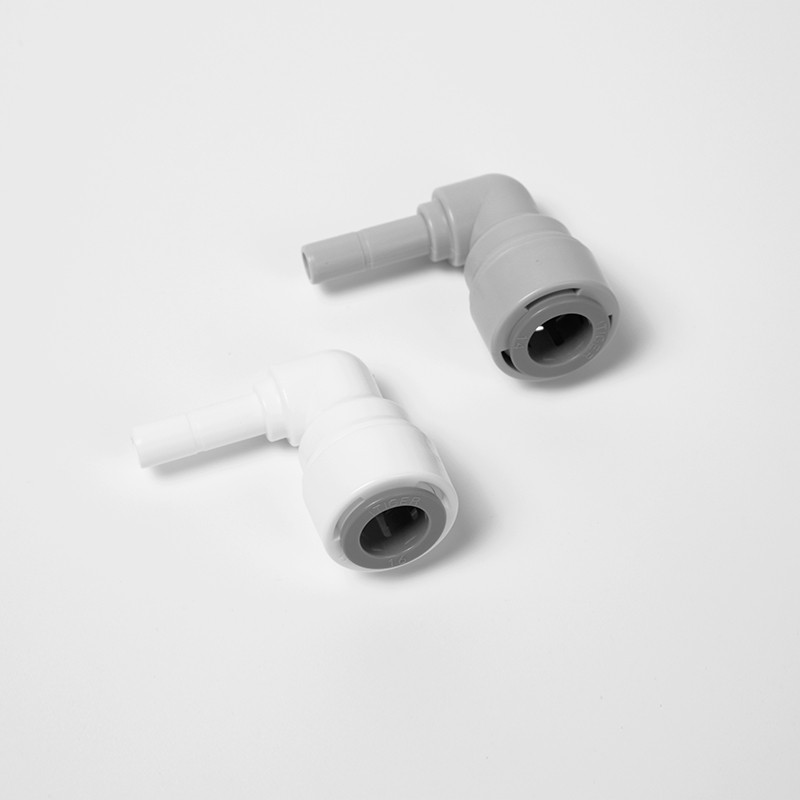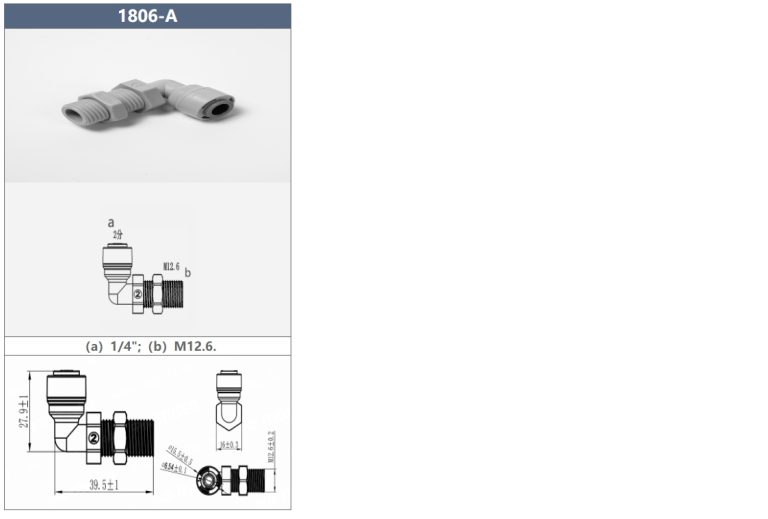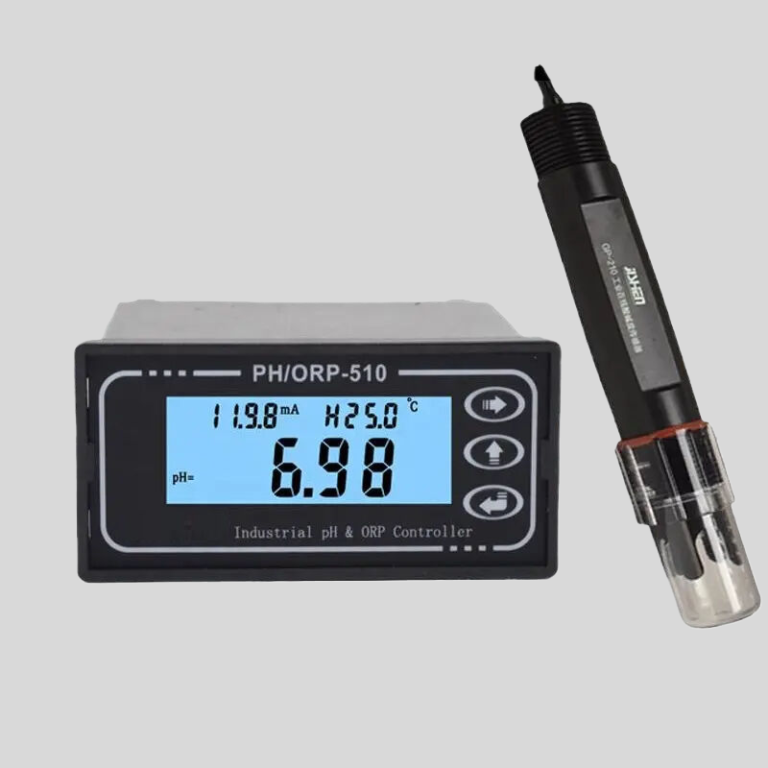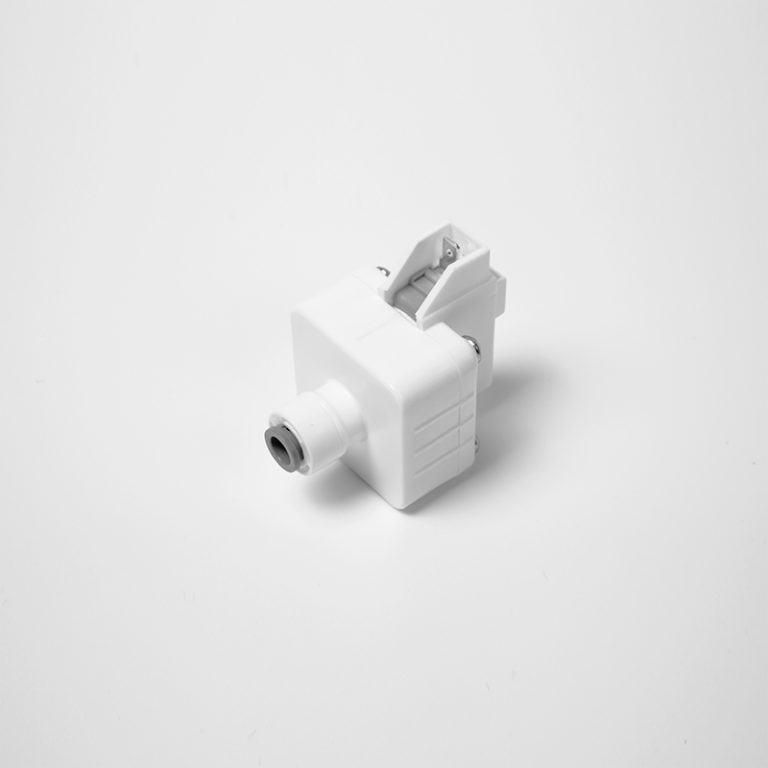“Seal the deal with Teflon tape for leak-free plastic plumbing fittings.”
Table of Contents
Pros and Cons of Using Teflon Tape on Plastic Plumbing Fittings
Plastic plumbing fittings are commonly used in residential and commercial plumbing systems due to their affordability and ease of installation. However, when it comes to sealing these fittings, many people wonder if Teflon tape is necessary. Teflon tape, also known as plumber’s tape or thread seal tape, is a thin, white tape that is wrapped around the threads of pipe fittings to create a watertight seal. While Teflon tape is commonly used on metal fittings, its use on plastic fittings is a topic of debate among plumbers and DIY enthusiasts.

One of the main advantages of using Teflon tape on plastic plumbing fittings is that it can help prevent leaks. When properly applied, Teflon tape fills in the gaps between the threads of the fitting, creating a tight seal that prevents water from leaking out. This can be especially important in high-pressure plumbing systems where even a small leak can cause significant damage over time. Additionally, Teflon tape is resistant to chemicals and can withstand high temperatures, making it a reliable choice for sealing plastic fittings in a variety of applications.
Another benefit of using Teflon tape on plastic plumbing fittings is that it is easy to apply. Simply wrap the tape around the threads of the fitting in a clockwise direction, making sure to overlap the tape slightly with each pass. Once the tape is in place, screw the fitting into the corresponding pipe or fixture, being careful not to over-tighten. The tape will compress as the fitting is tightened, creating a secure seal that will prevent leaks.
Despite these advantages, there are some drawbacks to using Teflon tape on plastic plumbing fittings. One of the main concerns is that Teflon tape can cause the fitting to crack or break if it is over-tightened. Plastic fittings are more prone to damage than metal fittings, so it is important to exercise caution when using Teflon tape on plastic fittings. Additionally, Teflon tape can be difficult to remove once it has been applied, making it challenging to make adjustments or repairs to the plumbing system in the future.
Another potential downside of using Teflon tape on plastic plumbing fittings is that it may not be necessary in all cases. Some plastic fittings are designed to create a watertight seal without the need for additional sealing materials. In these instances, using Teflon tape may actually do more harm than good, as it can interfere with the proper functioning of the fitting and cause leaks to occur.
In conclusion, the decision to use Teflon tape on plastic plumbing fittings ultimately depends on the specific application and the preferences of the plumber or DIY enthusiast. While Teflon tape can help prevent leaks and create a secure seal, it is important to use caution when applying it to plastic fittings to avoid damage. If in doubt, consult with a professional plumber to determine the best sealing method for your plumbing system.
How to Properly Apply Teflon Tape on Plastic Plumbing Fittings
Plastic plumbing fittings are commonly used in residential and commercial plumbing systems due to their affordability and ease of installation. However, when it comes to sealing these fittings to prevent leaks, many people wonder if Teflon tape is necessary. In this article, we will discuss the importance of using Teflon tape on plastic plumbing fittings and provide a step-by-step guide on how to properly apply it.
Teflon tape, also known as plumber’s tape or thread seal tape, is a thin, white tape made of polytetrafluoroethylene (PTFE) that is used to create a watertight seal between threaded pipe fittings. While plastic fittings are less prone to corrosion than metal fittings, they can still leak if not properly sealed. Teflon tape provides an additional layer of protection against leaks by filling in any gaps or imperfections in the threads of the fittings.
| Model | Tube(a) | Stem(b) |
|---|---|---|
| 1801-A | 1/4 | 1/4 |
| 1801-C | 1/4 | 3/36 |
When applying Teflon tape to plastic plumbing fittings, it is important to follow a few key steps to ensure a proper seal. First, make sure the threads of the fitting are clean and free of any debris or old tape. Use a clean cloth or brush to remove any dirt or residue before applying the Teflon tape.
Next, start by wrapping the Teflon tape around the male threads of the fitting in a clockwise direction. Be sure to overlap the tape slightly with each wrap to ensure a tight seal. It is recommended to wrap the tape around the threads 3-4 times for a secure seal. Avoid wrapping the tape too tightly, as this can cause it to tear or bunch up.
After wrapping the threads with Teflon tape, use your fingers to press the tape firmly into place and smooth out any wrinkles or air bubbles. This will help ensure a uniform seal and prevent leaks. Once the tape is securely in place, you can then screw the fitting into the corresponding female fitting and tighten it with a wrench until snug.
It is important to note that Teflon tape should only be used on the male threads of plastic plumbing fittings, as using it on the female threads can cause the fitting to crack or break. Additionally, do not use excessive amounts of Teflon tape, as this can cause the fitting to become over-tightened and potentially damage the threads.
In conclusion, Teflon tape is a valuable tool for creating a watertight seal on plastic plumbing fittings. By following the proper steps for applying Teflon tape, you can prevent leaks and ensure the longevity of your plumbing system. Remember to clean the threads, wrap the tape in a clockwise direction, press it firmly into place, and avoid over-tightening the fittings. With these tips in mind, you can confidently use Teflon tape on plastic plumbing fittings for a leak-free installation.





